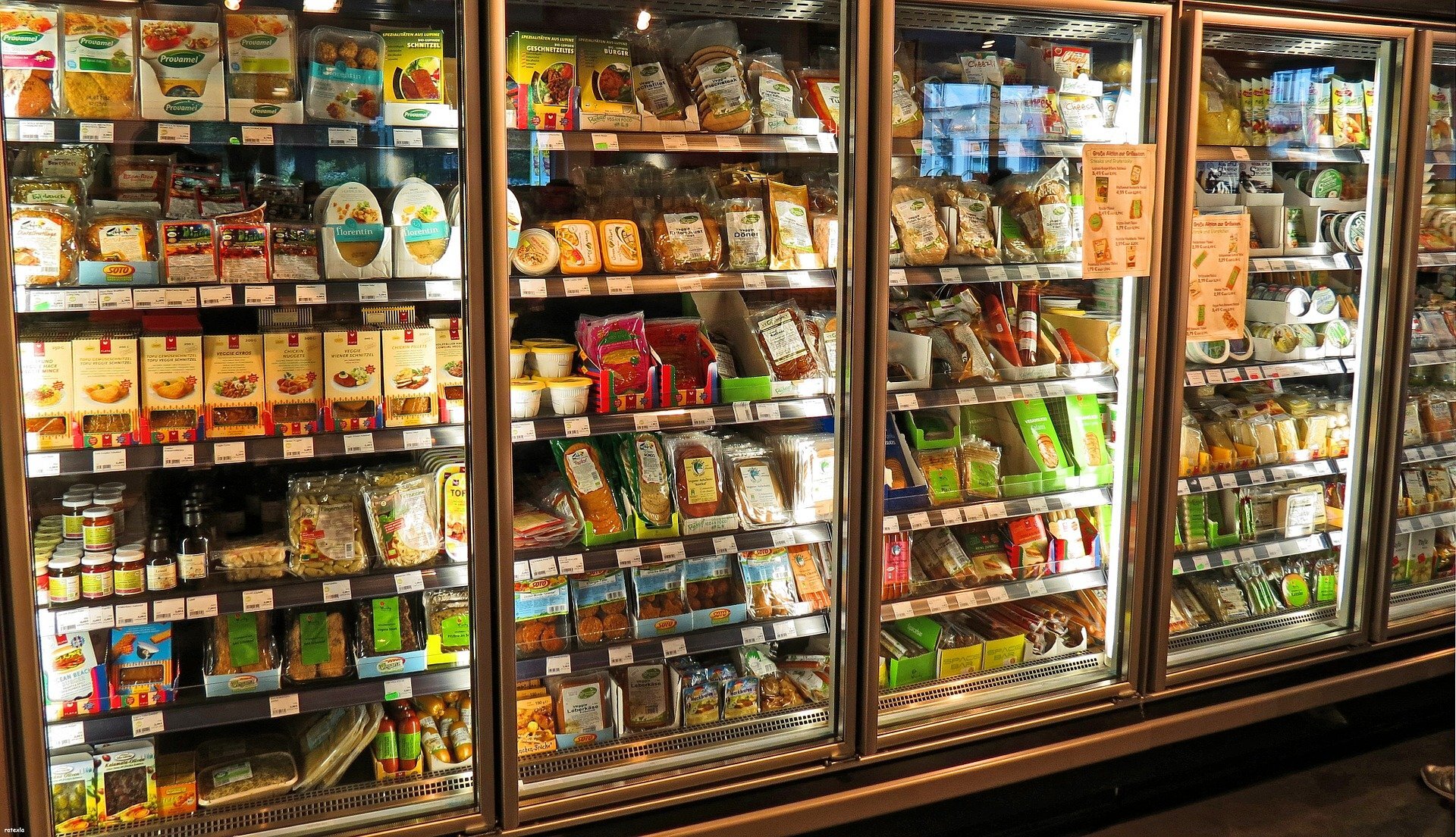Top 10 Food and Beverage Industry Acronyms You NTK (Need to Know)!
/Most people think that the acronyms and terms they know and use within the food and beverage industry are common knowledge. But for those of you seeking guidance, here are the top 10 common food and beverage (F&B) industry acronyms to get you started!
1. ERP (Enterprise Resource Planning)
Enterprise resource planning (ERP) is a process used by food and beverage companies to manage and integrate the vital parts of their business operations. ERP software solutions provide functionality to help F&B companies stay in compliance at all times, and to mitigate the risks inherent in managing their company's complex supply chain.
2. BMR (Batch Manufacturing Report or Record)
A batch manufacturing record (BMR) is a vital document for chemical and process manufacturers; informing users how to produce a batch of a given product. The document is a record of the entire production process, from its start to its completion.
3. FEMA (Flavor and Extract Manufacturer’s Association)
Founded in 1959, the Flavor and Extract Manufacturer’s Association (FEMA) is the national association of the U.S. flavor industry. The organization established a novel method to assess the safety and “GRAS” (generally recognized as safe) status of flavor ingredients as described in the 1958 Food Additives Amendments to the Federal Food, Drug, and Cosmetic Act (more below).
4. LRB (Liquid Refreshment Beverage)
The liquid refreshment beverage (LRB) market encompasses CSDs (carbonated soft drinks), bottled water, ready-to-drink (RTD) coffee and tea, fruit beverages, sports beverages and energy drinks.
5. CRM (Customer Relationship Management)
A CRM is a software solution that works to create standardized and clearly defined processes for F&B manufacturers. It can also interface with other systems, such as ERP systems or industry solutions.
6. HORECA (Hotels, Restaurants and Catering)
HORECA is the acronym referring to Hotel/Restaurant/Catering or Hotels/Restaurant/Cafes. It basically refers to any establishments in the food service industry which prepare and serve food and beverages. HORECA is also the name of the leading exhibition for the hospitality and foodservice sector in Greece.
7. FD&C (United States Federal Food, Drug, and Cosmetic Act)
Also known as the FFDCA, FDC Act, and FD&C Act, this is a federal statute which gives the Food and Drug Administration (FDA) the authority to regulate food and beverage products (in addition to other products). The the U.S. Food and Drug Administration announced the New Era of Smarter Food Safety initiative in April 2019, which has resulted in many F&B manufactures investing in traceability software solutions.
8. POS (Point of Sale)
The point of sale (POS) or point of purchase (POP) is the time and place where a food and beverage retail transaction is carried out and payment is executed.
9. WHO (World Health Organization)
Similar to the FDA, the WHO play the leading role within the food manufacturing industry because they monitor and regulate various aspects of food and nutrition security. The WHO was formed in 1948 and is headquartered in Geneva, Switzerland.
10. RH (Relative Humidity)
Relative humidity is useful to understand. It is a unit of measurement that defines the ratio of the partial pressure of water vapour to the equilibrium vapour pressure of water, at any given temperature. Food and beverage manufactures rely on RH to assess the safety of products in storage and transit. RH is measured using a hygrometer.
The beverage industry has rapidly evolved in recent years. If you’re looking to stay ahead of the competition and digitize your beverage company’s supply chain, get in touch with the team at Cashmere today!











